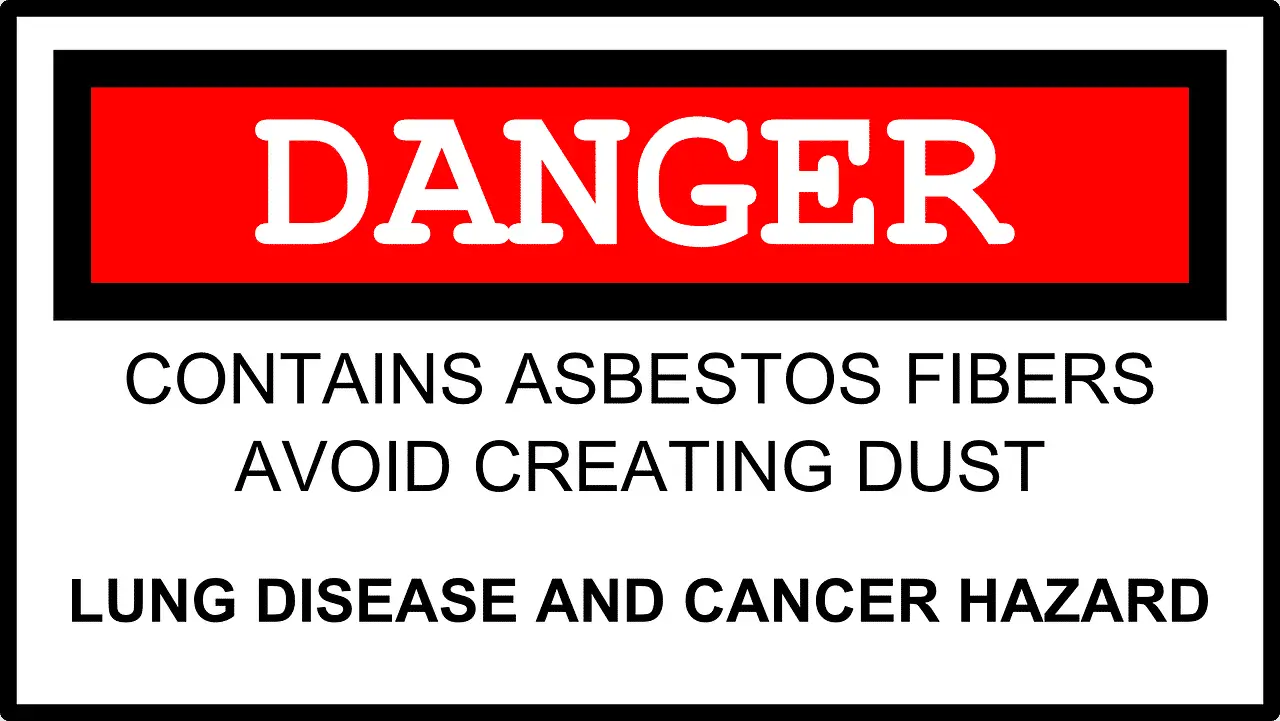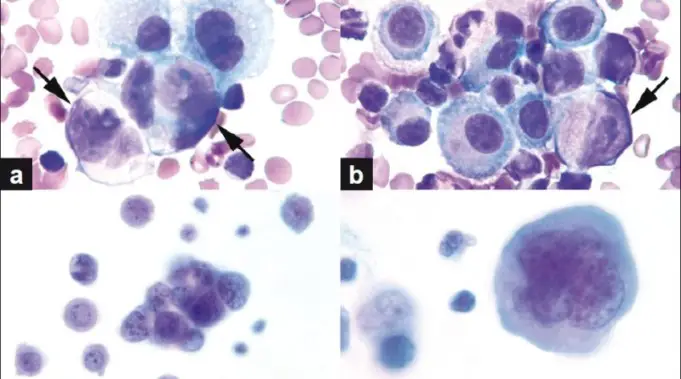Every year, 3,000 people in the United States alone are diagnosed with malignant mesothelioma. Mesothelioma is an aggressive cancer that attacks cells in the lungs and chest lining (pleural), abdomen (peritoneal), and very rarely, the heart (pericardial). It is most commonly diagnosed in people age 65 and over.
The word “malignant” means that the cells are cancerous and spread rapidly throughout the body without treatment. In very rare cases, mesothelioma may be benign, or slow-growing, making it much easier to treat and remove.
As a type of cancer, malignant mesothelioma treatments often include chemotherapy. But unlike many other types of cancer that have no known cause, mesothelioma is directly linked to asbestos exposure – the more exposure a person has, the higher their chance of developing the disease later in life. It can take anywhere between 15 and 50 years after initial exposure for the cancer to develop and for symptoms to arise.
Who’s at Risk?
 More than 80% of mesothelioma cases are linked to asbestos exposure. Asbestos is a hazardous mineral once used to build and insulate homes due to its ability to resist heat and electricity. While asbestos was recognized as a dangerous substance as early as 1908, research connecting asbestos to this type of cancer was not conducted until the 1950s and 60s.
More than 80% of mesothelioma cases are linked to asbestos exposure. Asbestos is a hazardous mineral once used to build and insulate homes due to its ability to resist heat and electricity. While asbestos was recognized as a dangerous substance as early as 1908, research connecting asbestos to this type of cancer was not conducted until the 1950s and 60s.
Despite the mountain of evidence collected since then, many countries still have not banned the use of asbestos products and people continue to be put at risk. Today, the most common risk factors include:
- Working in the construction industry
- Having been involved in the production or installation of products containing asbestos
- Living with someone who works with asbestos (the small fibers can stick to their clothes, hair, and shoes)
- Living in/renovating an old house where asbestos may be present in the tiles, shingles or insulation material
Despite the fact that roughly 1.3 million workers are exposed to asbestos on the job each year, mesothelioma is a rare disease. While the risk varies from country to country, only 1-6 in a million people will be diagnosed in their lifetime.
While extremely rare, it is possible to develop malignant mesothelioma without any prior exposure to asbestos.
Common Symptoms
Mesothelioma symptoms don’t begin to appear until 15-50 years after exposure to asbestos, and symptoms vary depending on where the cancer is located in the body.
Pleural (lungs):
- Shortness of breath
- Coughing
- Chest pain
- Fatigue
Peritoneal (abdomen):
- Weight loss
- Nausea
- Loss of appetite
Pericardial (heart):
- Irregular heartbeat
- Fever
- Coughing
- Shortness of breath
The most common symptoms of mesothelioma can be easily mistaken for those of a less serious illness. But when these symptoms are combined with a history of asbestos exposure, they should be taken seriously.
Diagnosis
Like any other type of disease, the earlier the diagnosis, the better the prognosis. The first thing a doctor will do is perform an imaging test, such as an X-ray, CT scan, or MRI, to check for signs of mesothelioma.
These often include excess fluid between the chest and lungs (pleural effusion) and abnormal calcium deposits. In some cases, a doctor may need to perform a biopsy or remove a small portion of the tumor so that it can be tested.
Malignant Mesothelioma Treatments
Unfortunately, there is still no known cure for this aggressive type of cancer, and the prognosis is often bleak. There are, however, malignant mesothelioma treatments that can improve a patient’s prognosis and give them the best quality of life possible for as long as possible.
Pleurectomy: A pleurectomy is a surgical procedure in which the entire infected chest-lining is removed. While it does not completely remove the cancerous cells, it prevents further buildup of liquid between the lungs and the chest (pleural effusion), significantly improving quality of life.
Pneumonectomy: In a pneumonectomy, the entire infected lung is removed and replaced with a breathable fabric. This type of treatment is most effective in the earliest stages of the disease.
Chemotherapy: During chemotherapy treatment, a combination of strong anti-cancer drugs are used to shrink cancerous cells and slow their growth.












